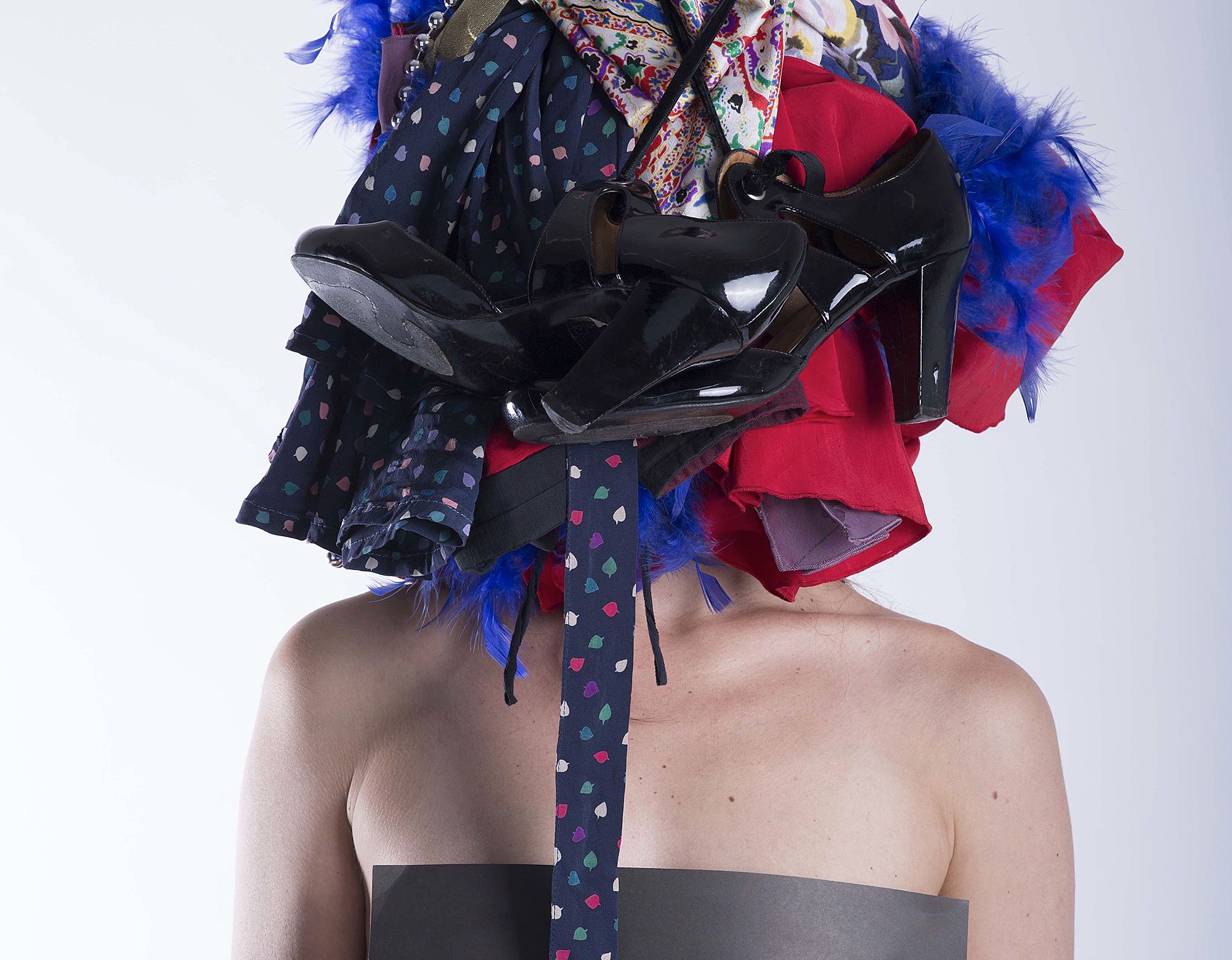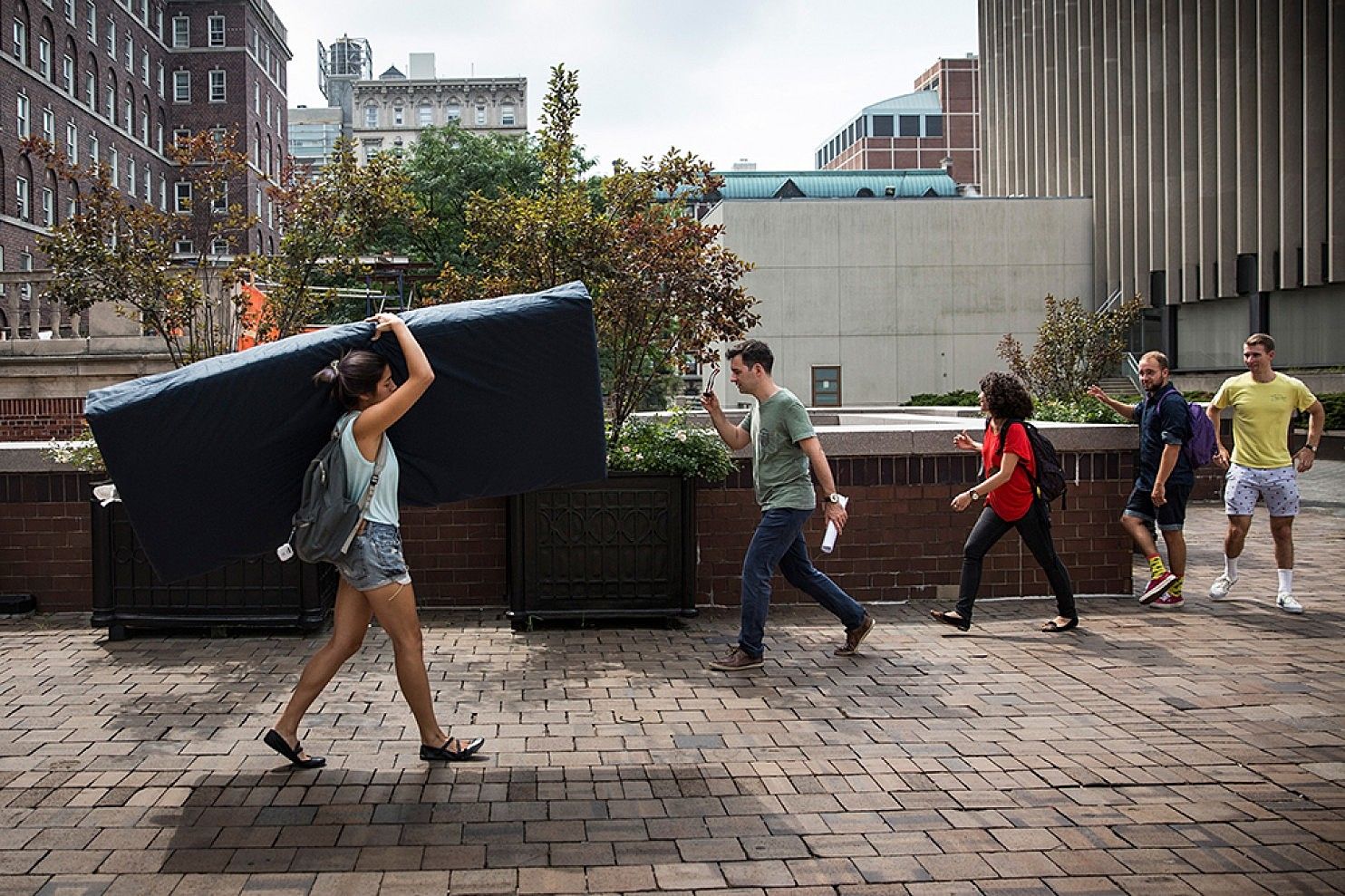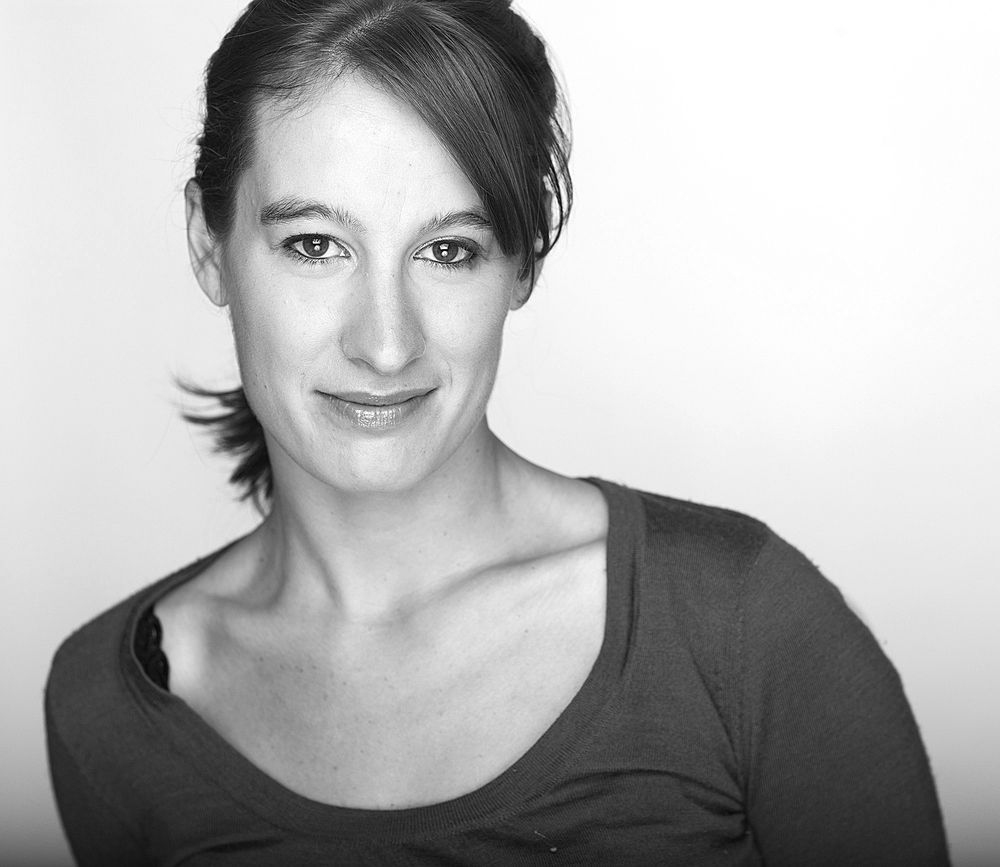Loose Canons: Julia Croft
Julia Croft on risks, necessity and the loud, unapologetic, beautiful women who have informed her work.
Loose Canons is a new series in which we invite artists we love to share five things that have informed their work. We're thrilled to be kicking it off with theatre-maker Julia Croft.
Trained at Toi Whakaari, Julia has worked with theatre companies like Red Leap, Indian Ink Theatre and The Town Centre. Her production of The Keepers was named in Metro's Best Theatre and nominated for a Chapman Tripp for best composition. She is currently creating a contemporary feminist performance, If There's Not Dancing at the Revolution, I'm not Coming, on at the Basement from the 2nd-5th September.
Twin Peaks
I have a crush on all of David Lynch’s work, but especially Twin Peaks. I love it so much that I get wildly jealous when people tell me they’re watching it for the first time. My first time was in the middle of a particularly grim, red-wine soaked and sad winter in 2013 (way too late to the party, right?) Being in emotional turmoil wakes you up to the world, and I was wide open for the Twin Peaks-expolosion that was about to happen in my little head. It destabilised my entire relationship to reality. I got totally absorbed in his dance of playing with narrative and logic - I love that I don't really understand it, nor do I want to. It's a knife-edge: understand too much of a work and it's boring, understand too little and have nothing to hold onto. Lynch has this knife-edge down to a fierce art. He owns it.
I think David Lynch works beautifully from a deeply subconscious place. His imagery is so deeply grotesque and archetypal that I can feel it somewhere else, like a memory that I can't for the life of me place, strange and familiar at the same time. It terrifies me and I can't quite say why. There's this Rilke quote I love which always makes me think of his work: "Beauty is nothing but the beginning of terror."
Mr Aitken
I grew up in Christchurch, which in the '90s was a strange place. It had this veneer of an English tea party, barely concealing deep dis-ease and anger, and every now and then it would crack and flood to the surface like silt.
One of the ways this showed itself was in the growth of skinhead culture around that time. In 1997, a Somali man was beaten up by a group of skinheads at Sumner beach, in front of his family, while a crowd of 300 bystanders watched and did nothing. 300 people and no one stepped in to help. No one.
The next day my form 2 teacher, Mr. Aitken, sat us down - a group of 12- and 13-year-old kids - to talk about what had happened. He asked, “If you had been there, what would you have done?” to which we all replied, “Nothing.”
“Why?”
“Because we might have gotten hurt.”
Then he said one of the most profound things I have ever heard. He said: “Does that mean you shouldn’t do what you know is right because there is a chance you might get hurt?”
The bravery and the idealism of saying this quite adult thing to a group of children amazes me. I still think about this a lot, and it helps me in making all sorts of choices in life and in my work. Getting hurt can mean many things: it can mean a punch in the face, or it can mean being unpopular or wrong or embarrassed. And doing the right thing can mean many things, including making work that says something important, and taking a risk because it feels necessary. I think all art should come from a place of necessity.
Carry that Weight
Almost the perfect work of art! Mattress Performance (Carry that Weight) was a durational art piece performed by Emma Sulkowicz from September 2014 to May 2015 at Columbia University. Sulkowicz carried a mattress everywhere to protest the fact that her rapist had not been expelled from the University. I found this piece insanely moving and so very, very inspiring. This image of a woman constantly carrying a heavy mattress contains infinite threads of meaning so deep that I can’t really articulate them, but man do I feel them. She condensed story, sadness, grief, burden, politics, activism, anger and beauty into one simple action. The specificity of this action changed the way I see imagery in performance. At it’s best, an image is a container for things that there are no words for. It can surpass your logical brain and hit you somewhere directly in your body. I can feel this image in my body in a very real way. And anger can be made into something fucking beautiful. All art is political, whether we acknowledge it or not, so it may as well be unashamedly agit-prop political about it. Make art that's a call to arms!
Nisha Madhan
I met Nisha in late 2012. She used to have these amazing parties at her Cross St apartment with live bands and performances, so I’d been in her house many times before I met her. I always thought she was super cool. And a bit scary. I saw a show she did at the now-shut-down Snake Pit on High St called Cowboy Mouth/ Love it up and became determined to meet this woman. I sent her this terribly geeky email, asking if we could have a coffee so I could awkwardly try to woo her into working with me. I was really nervous and really aware of my sweaty palms. It was like a first date. A few months later we started making what would eventually become the show LIES.
Nisha is the most thoughtful theatre artist I know. She has so much vision and integrity about her practice. On every level she has changed my life and my work. She has introduced me to a huge frame of reference, she is smart about her research and her choices, she doesn’t get swayed by ego, or playing ‘the game’, she is generous and she is brave. Lucky me to have her as a collaborator and a mate.
Carolee Schneeman
There are so many feminist artists I could have picked for this last one (in fact, if anyone’s interested in joining me for wine-filled feminist art rants they seem to happen with regularity in my kitchen these days). To mention a few: Yoko Ono, Ann Liv Young, Hannah Wilke, the early work of the mighty Abramović, Louise Bourgeois, Sophie Calle, Ariane Mnouchkine, Elizabeth LeCompte, Tracey Emin, Vallie Export and, of course, Amy Schumer.
The legacy of these women and their work influences all of my work and hopefully all of my life. They are my models for being a creative woman in this world. These are big, bold women’s voices that are loud, unapologetic, courageous, angry and beautiful. But if I had to chose one at this point in life I am enjoying a love affair with the work of performance artist Carolee Schneeman. In making my new show If There’s Not Dancing at the Revolution, I’m Not Coming she has been my go-to gal. Her work is filled with joyful abandon; Meat Joy (1964) in particular is this wild, anarchic, primal celebration of sexuality. Naked bodies, wet paint, raw fish and raw chicken. That is art right?
Created and performed by Julia Croft,
If There's Not Dancing At The Revolution, I'm Not Coming
is on from September 2-5
at The Basement Theatre




